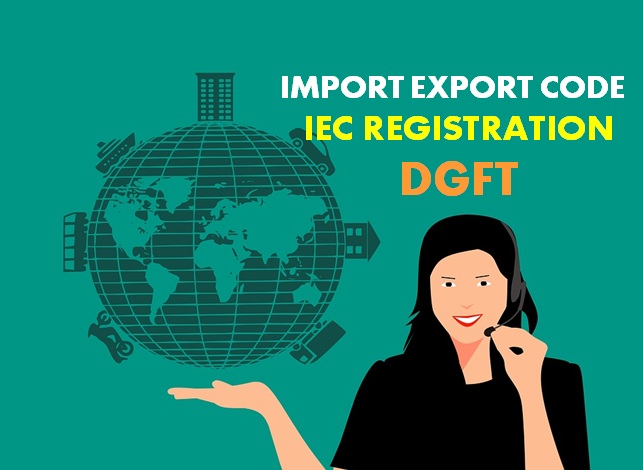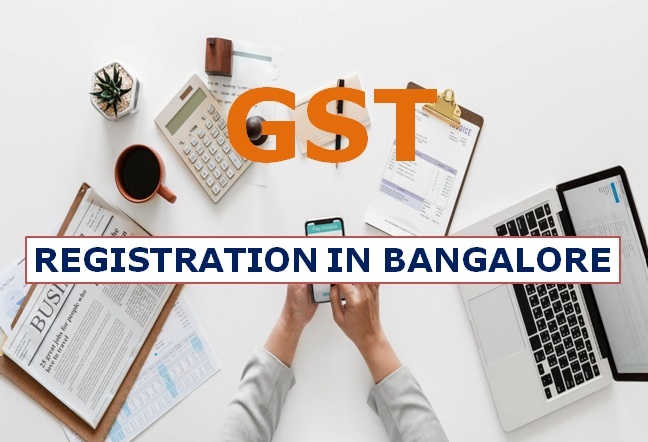An overview of import export code (IEC) registration and its procedure in India.
If you are in the business of importing or exporting goods you would need IEC (Import Export Code) registration. This is basically a 10 digits alphanumeric number code that is provided by the DGFT (Directorate General of Foreign Trade) Department from Ministry of Commerce and Industry, Government of India.
The IEC code number is exactly same as the PAN number of proprietor, partner, director or company. The department will assign the same number as your import export code number.
This IEC registration is totally online based process, everything has to do from a computer, no need to visit to your local office; application, payment, and getting license certificate shall be issued from the concerned Joint Regional Offices through online.
All the businesses that are in the domain of import and export need to get registered for this particular code. The good thing about the IEC is that it comes with lifelong validity. Importers are not allowed to work if they do not have this code and if exporters do not have the code they would not receive the various benefits that they normally get from the DGFT, the Export Promotion Council, and customs.
These days, it has become a lot easier to get IEC registration in Bangalore thanks to the sterling services being provided in this regard by a number of specialized service providers.
This particular code is known by a number of such names as the following:
- Importer exporter code
- Import export license
- Import export number
- IEC
- IEC license
- IE license
The thing with this code is that you can avail it in your name as well as that of the name of your company. If an IEC is issued to you it shall be applicable for all the divisions, factories, units, and branches of your company. Since it is valid for lifetime there is no need for you to renew it at all. This is one more advantage of this code.
Cases where IEC is required
Here are the following situations where import export code (IEC) is necessary for importer or exporter.
- Importers need to quote the IEC when they clear the customs.
- Banks also need this code from the importers when they have to send money overseas.
- As far as exporters are concerned they must provide the IEC when they are sending shipments outside the country.
- In case of exporters banks would need the IEC when money is sent to their accounts from overseas.
Who should obtain IEC registration?
If as a business you intend to export or import of goods and services from or to India, then you have to obtain the IEC.
What is the need for the Import Export Certificate?
We have already discussed briefly in the introductory part of this piece as to why you need to have the IEC. However, you still need to know that there are certain situations, where having this code is absolutely important.
- If you are an importer and want to clear your shipments from the customs then you would have to furnish it to the customs authorities.
- If you are an importer and sending money outside the country through a bank then that bank will need your IEC.
- If you are an exporter and sending your shipments outside India then the port customs authorities would need the same.
- If as an exporter you get money deposited in your bank account in foreign currency straightaway then your bank would need this code as well.
Documents needed for IEC registration
The following documents have to be provided in case it is a business owner, partner, proprietor, or director applying for the IEC:
- Copy of PAN (permanent account number) card
- In case it is a partnership a copy of the partnership deed
- Passport size photograph
- In case it is a company self declaration or board resolution
- Copy of voter identity card or Aadhaar Card
- In case it is an individual owner a telephone bill in his name
- In case it is a partnership a letter of authorization
- Cancelled cheque in case it is an individual
- In case it is a company a letter of authority from other directors on the official letterhead
The following documents have to be provided in case it is a company applying for the IEC:
- Copy of PAN card of firm or company
- Telephone bill in the business’ name
- In case it is an owned property copy of papers of property
- In case it is a partnership copy of service tax returns
- In case it is a rented property copy of rent agreement
- In case it is a company the certificate of incorporation
- NOC (no objection certificate) from the landlord
- Bank statement of firm or company
- Cancelled cheque of firm
- In case it is a company AOA (articles of association) and MOA (memorandum of association)
- Electricity or water bill for the place of business
- In case it is a company a letter head
How to apply for IEC registration in Bangalore?
These days, the Indian government has made it easier for people to file for IEC registration online. The process is a fairly lengthy one and needs around 3-7 days to be completed. The first step is to prepare the application. The application form in this case would be the Aayaat Niryaat Form (ANF) 2A. The application in this case has to be made to the DGFT in the state or region where your registered office would be based.
The second step in this case is of processing the application. When you submit ANF 2A you would have to focus on some critical details such as the following:
- Details of the business as well as its proprietors, partners, and directors
- Details of bank account
- Bank certificate
These in fact are the basic requirements in this case. When you submit the form you also need to make sure that you submit all the necessary documents as well. You would have to provide your digital signature in these cases as well.
Once you are done with the process of application you would need to file it with the appropriate DGFT. You would also need to pay an application fee in this particular regard. At times, your application could be sent back by the IEC department for changes or corrections. In that case you would have to provide a reply within a space of 15 days to the DGFT.
After the department verifies your application totally you would be issued an IEC by the DGFT. This code would be provided in hard copy as well as soft copy. The soft copy would be sent through email and you can get started with your import export business straightaway with that one.
Documents file type need to upload during IE code application
Scanned or soft copy of following documents is required to apply for IE code registration. Only 2 format is acceptable, i.e. GIF and PDF. See the file format type of documents:
- Photograph, PAN Card and Passport – GIF format
- Sale Deed, Bank Certificate, Company Registration Certificate, MOA & AOA, Partnership Deed and Declaration Document – PDF format
- Voter ID, Aadhaar Card, Driving License and Cancelled Cheque – GIF/PDF
What are the benefits of IEC registration?
The benefits of IEC registration may be explained as below:
- With the help of IEC you would be expand your business as much as you can and wish to. You would be able to take your products and services to various markets of the world and thus grow your business.
- The likes DGFT, Customs, and the Export Promotion Council offer a number of benefits to companies that have IEC registration.
- When you have an IEC you would not need to file any return. Once it has been allotted to you there is nothing that you need to do on your part to make sure that it stays valid. Even if you go for export transactions you would not have to file any returns with the DGFT
- These days, it has become really easy to obtain the IEC from the DGFT. You do not need to furnish any proof of import or export in order to procure the same.
- Since the IEC is effective for a lifetime there is no need to renew it. Once you have received the same you can use it for all types of import and export transactions.




